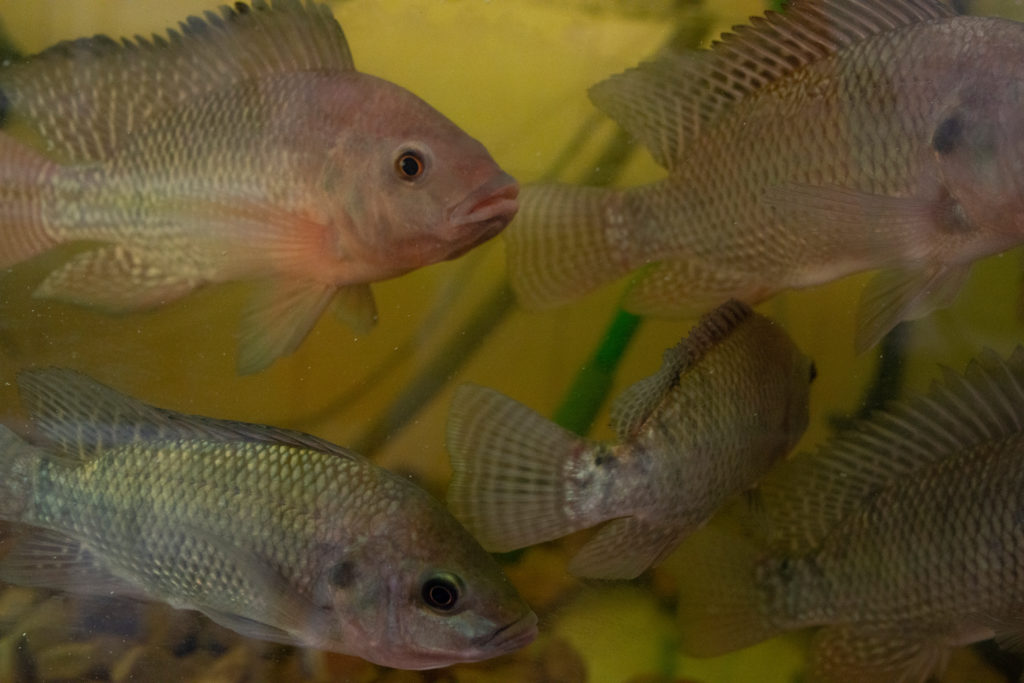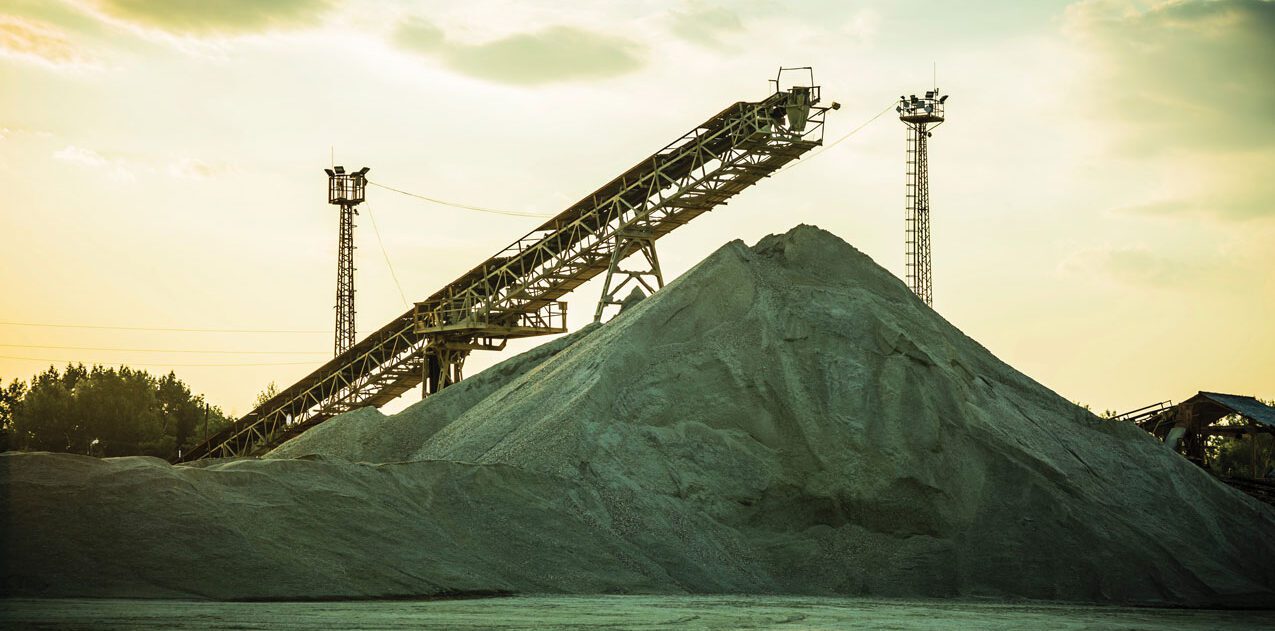Anglo spinoff breeds fish to restock rivers after massive toxic spill

In a South African first, a project funded by one of the country’s biggest coal mining companies has begun repopulating a river system with fish after a catastrophic spill from a disused coal mine.
The project is being financed by part of the roughly 1 billion rand ($52 million) provided by Thungela Resources Ltd., a company spun off by Anglo American Plc, for rehabilitation and securing disused mine shafts.
The goal is to reintroduce 17 species of fish, ranging from hardy tilapia to eels and tiny catfish, to the 112 km (70 miles) of the Wilge and Olifants river systems that were wiped out by the Feb. 14, 2022, spill of acidic water after illegal miners broke a seal at an operation that had been shuttered since the 1960s.
The 2022 toxic spill is indicative of the environmental risks posed to South Africa from the more than 400 disused coal mines in the country. Along with idled gold mines, these are being targeted by illegal miners who profit from tapping the remaining reserves. The spill was from an operation near the Khwezela Colliery in South Africa’s eastern province of Mpumalanga.
“The impact environmentally goes far beyond the few tons of coal people will steal,” July Ndlovu, Thungela’s chief executive officer, said at an event at the Loskop Dam Nature Reserve on Feb. 23.
The mining company is funding a fish breeding facility at the reserve that began releasing banded tilapia and southern mouthbrooders, two small cichlid species that will need to establish themselves in the rivers before larger predatory species are put back. Other fish to be reintroduced include longfin eels, shortspine suckermouths, yellowfish, stargazer catfish and bulldogs, a small fish that generates an electric field to hunt and orient itself.
“I’ve been working in nature conservation for 42 years and this is the cherry on the cake,” said Andre Hoffman, an aquatic scientist brought out of retirement to work on the project. He spoke as he slowly coaxed small southern mouthbrooders out of a plastic container into a stream. “It’s not nice for this to have happened but we can learn a lot from it.”
The river system could take five to 10 years to recover even with the intervention, but need take 40 to 50 years without it, he said.
In addition to the breeding facility, Thungela has built water treatment plants at a cost of 398 million rand and is restoring wetlands, setting up a plant nursery and restoring vegetation. Over 500 million rand has been spent securing old mines.
(By Antony Sguazzin)
{{ commodity.name }}
{{ post.title }}
{{ post.date }}

Comments